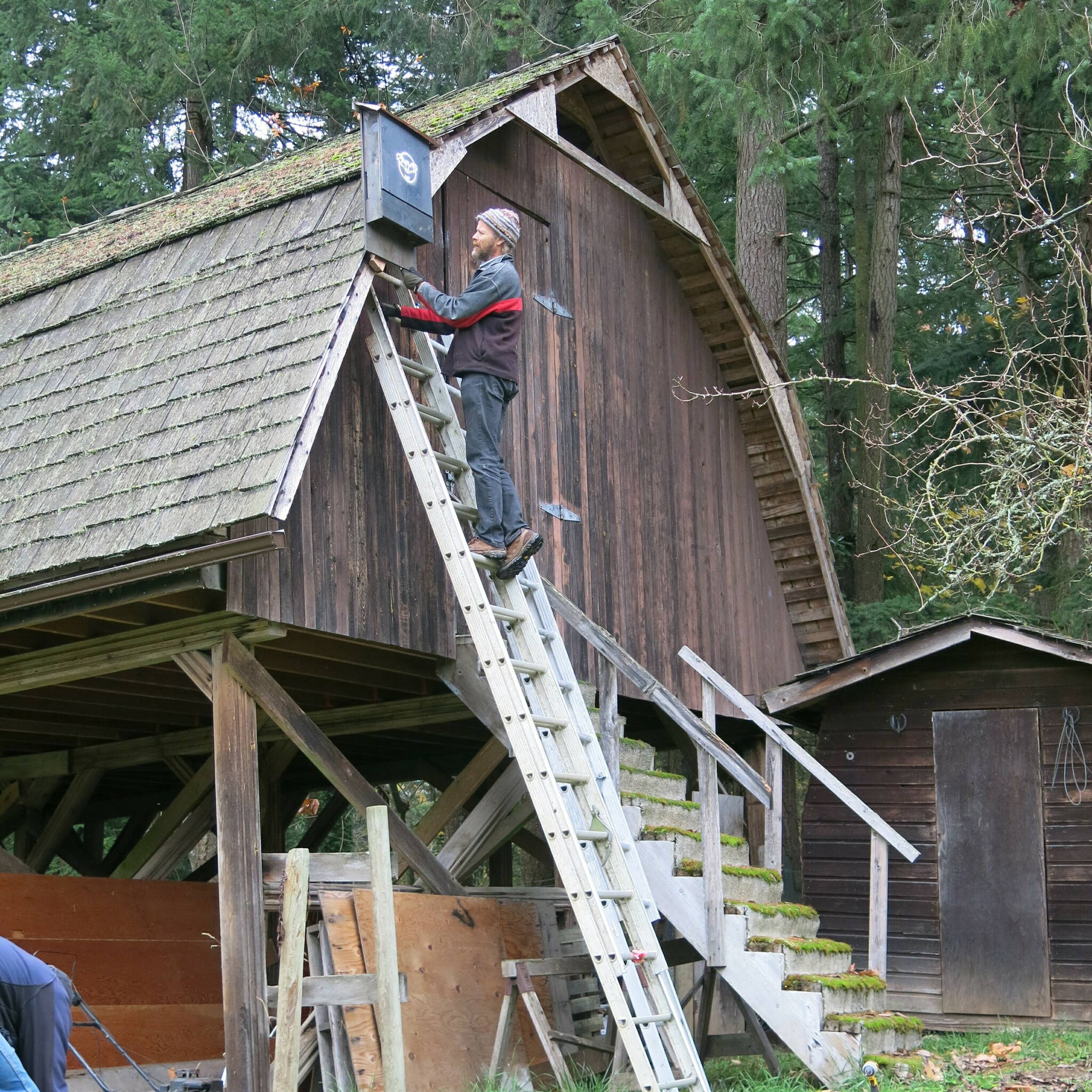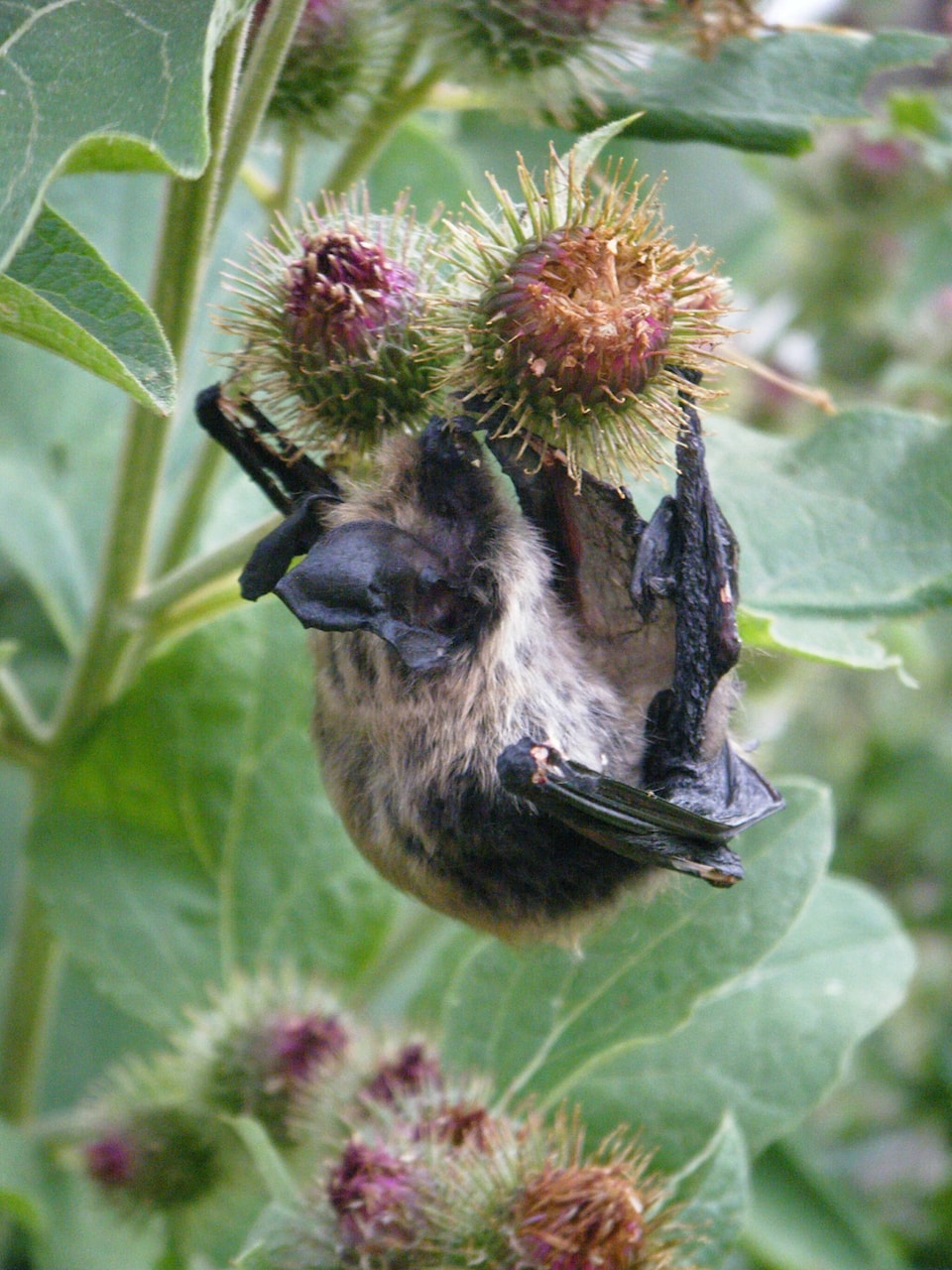October 24 to 31 is International Bat Week and the BC Community Bat Program this year is calling on people to consider bat-friendly gardening options to help the animals out.
“As Halloween approaches, images of scary bats become commonplace,” the organization said in a press release. “This is the perfect time of year to counter bat myths and do something to help bats.”
Bat Week, the organization explains, is a week dedicating to appreciating bats and the many benefits they provide to their environments, including eating insects, pollinating flowers and spreading seeds and nutrients.
READ MORE: Take part in the annual Kootenay Bat Count
Planting native trees, shrubs or flowers in your yard, as well as light-coloured and flowers that bloom at night, will support the insects that bats in B.C. feed on.
Additionally, by controlling invasive plant species you will also help insects and bats thrive. Consider spending some time learning about invasive weeds and pulling them out of your yard, back alley or local park.
“Bats in BC help control agricultural and forest pests, as well as mosquitoes in our yards - but now bats need our help,” said Elodie Kuhnert, regional coordinator for the Kootenay Community Bat Project.
“Providing safe and healthy habitat for bats has always been important, since over half the species in this province are considered at risk. With the continuing spread of White-nose Syndrome in Washington State, bat conservation is more important than ever as we expect to see impacts in BC in the near future.”
Bat Week is also timed with the point in the year when bats begin to vacate local neighbourhoods to hibernate until warm weather and insects to eat return in the spring.
It’s important to note that if you do happen to see a bat this winter, you should report it. There will be continued monitoring for white-nose syndrome — a fungus that affects hibernating bats — over the winter, and sightings of dead bats or winter bat activity should be reported to community bat programs.
Winter is also a good time to do renovations that may have been delayed due to bat presence, such as cleaning out or repairing bat boxes or doing work that won’t disturb or injure bats.
You can report winter bat sightings and learn more about the BC Community Bat Program and Bat Week activities, as well as options to help your local bat population at www.bcbats.ca
paul.rodgers@kimberleybulletin
Like us on Facebook and follow us on Twitter




